Curated by Lifeline Comics, the team behind Transphoria and Bi Visibility, Ace & Aros is a 100-page anthology that gathers 21 stories that center the lived experiences of asexual and aromantic individuals. Spanning genres from espionage to everyday moments, the collection is shaped by the voices of more than 20 creators, including names familiar to the comic world like Kelly Fitzpatrick and Bailie Rosenlund.
Yet, Aces and Aros does more than entertain. Through its varied tales, the anthology affirms that ace and aro identities are neither fringe nor fleeting but rich, complex, and deeply human.
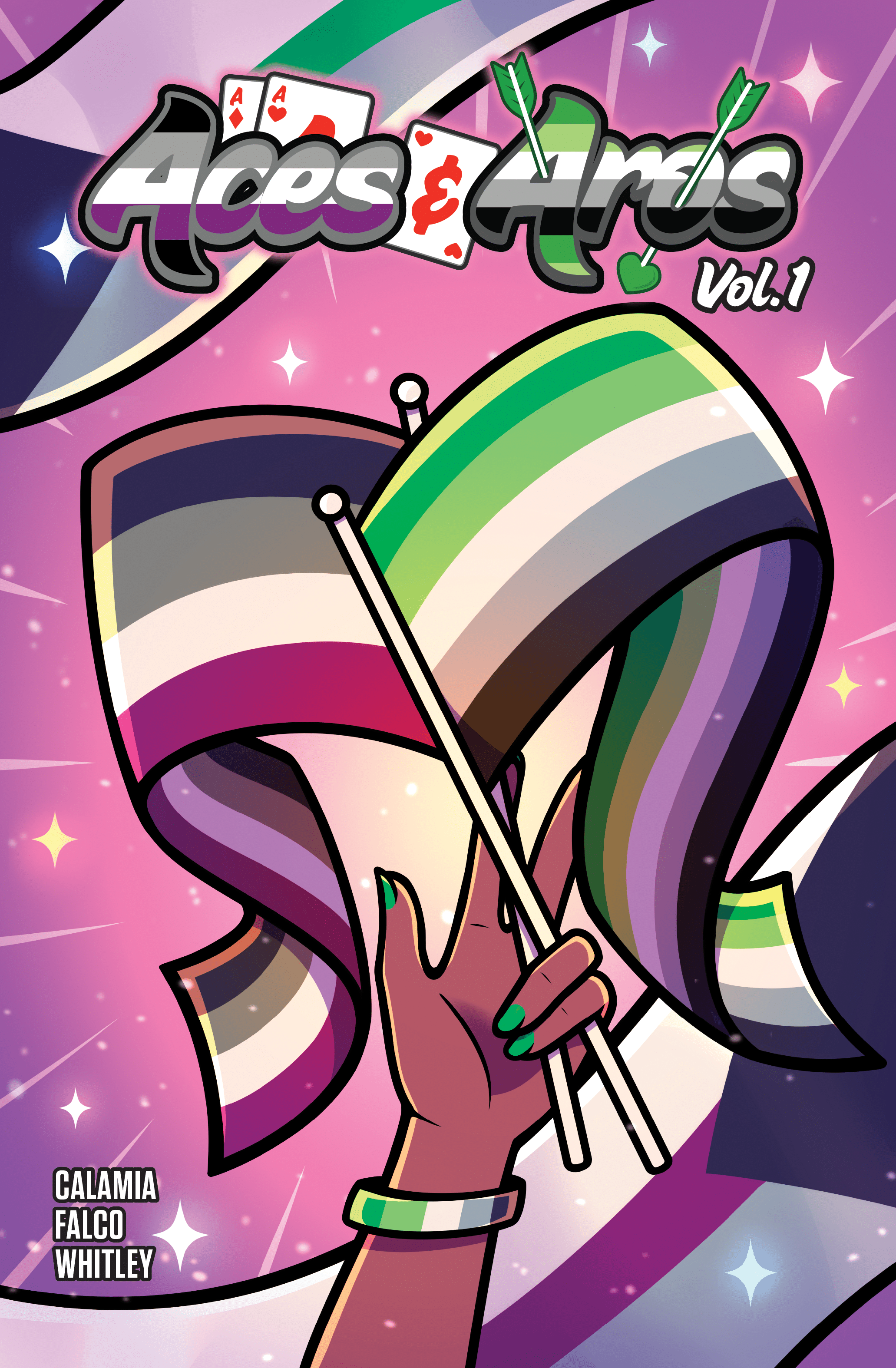
With a funding goal of $30,000 (which at the time of writing has been cleared) and a range of supporter tiers from digital editions to deluxe hardcovers, the project invites readers to help usher these stories into the world. The Kickstarter campaign runs until June 26, 2025. Backing Aces & Aros is not just a gesture of support for a book—it’s a stand for belonging, for voice, and for the quiet power of being seen.
Here to speak with The Beat on all things Ace & Aros is one of the creators, Jeremy Whitley. Read on, true believers!
E.B. HUTCHINS: Can you walk me through the process of how you came up with this anthology? What made you want to pursue this topic?
JEREMY WHITLEY: Well, I can’t really take the credit for that. The original idea came from Kat Calamia and Phil Falco, my co-editors on the book, also known broadly as “Lifeline Comics”. A few years back, they decided to do an anthology about a topic I know is close to Kat’s heart in Bi Visibility where they opened up submissions for stories by and about bisexual people. The book was a hit, so they not only did a sequel to it, but also have done similar anthologies with stories by and about trans folks and people who have a complicated relationship with their hair.
How I came to be involved in this book is that a few years ago, I came out publicly online as demisexual, which is a sexuality that falls broadly under the ace/asexual umbrella. After coming out, I had the incredible opportunity to write a story for Marvel (along with an all-ace creative team) about Gwenpool coming to terms with her own asexuality. The story was a hit with a lot of folks, but beyond that, it was an incredible experience for me. It was the first time I’d worked on a story with a whole team of ace creators and we kept having these moments where I would send out a draft of a script and immediately get emails back from my team members saying things like “oh my god, this is me!” and “I didn’t realize this was an ace thing!” and “I’m in this picture and I don’t like it!”. That was an experience I’d never had before, putting things that were in my brain on paper and having them echoed back to me as shared experiences that I didn’t realize other people were going through. I talked about it a lot online when it was coming out.
I had already been friends with Kat online, so when they finished their extremely successful Transphoria anthology and started eyeing the idea of doing something similar with ace stories and creators, they asked if as a comic book creator on the ace spectrum, I would want to jump in and give a hand with the editing. I was so excited not just to edit this book, but to give other creators and readers a chance to have that same experience I had.
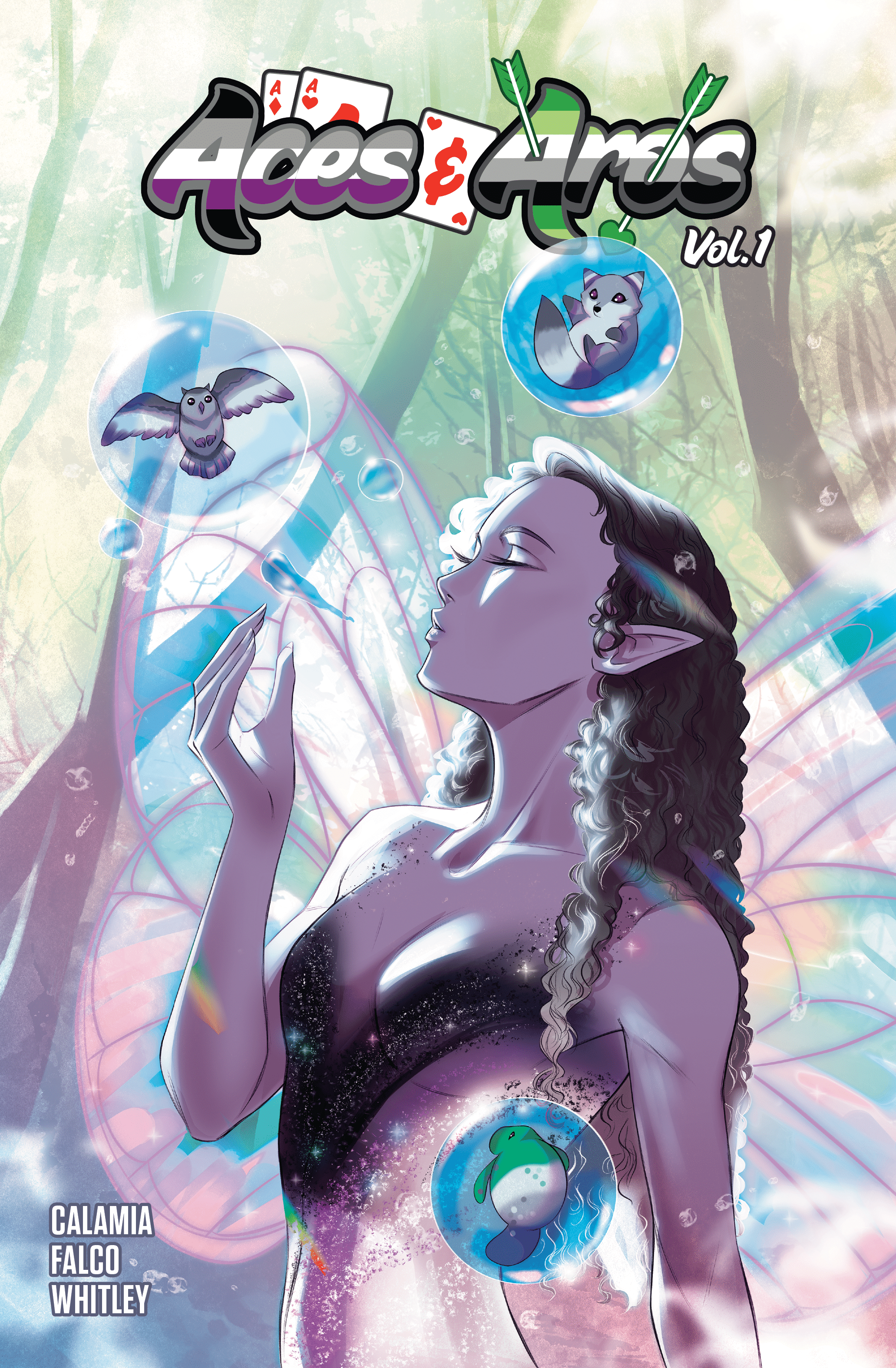
HUTCHINS: You’ve consistently championed inclusive storytelling in works like Princeless and The Unstoppable Wasp. How did your past work prepare you for telling the stories in Aro & Aces?
WHITLEY: Well, that’s a pretty fascinating question, honestly, because those two books specifically got me to where I am in several regards. When I started writing Princeless, I didn’t realize that in Adrienne, the main character, I was writing an asexual story. The series quickly picked up a lot of fans who were queer women and several people asked me about Adrienne’s sexuality. I felt like the question of Adrienne’s sexuality kind of undercut the message of the book, that a girl didn’t need anyone to save her, but that she could save herself. If that then turned into “she didn’t want a prince to save her because she was gay, that was making a completely different statement. While a valid statement, it wasn’t what I was after. But I did like the idea of writing a story in the world of Princeless with a queer female lead, which led to the creation of Princeless’s sister book, “Raven: Pirate Princess”.
From her creation, I knew Raven was going to be a lesbian, but I wanted to create a crew of pirate women around her that embodied a variety of sexualities, body types, and experiences. So I started working on that crew and one day found myself researching demisexuality, which was something I wanted one of my favorite crew members, Quinn, to exemplify. I spent hours trying to understand it and kept coming to the same friction point – isn’t that just everybody?
It wasn’t. It was, however, what had been going on in my head for years and how I began to understand my own sexuality while writing about it through another character.
Then came Unstoppable Wasp, and I had put so much time and effort into writing different sorts of characters, the idea that my first real foray into the Marvel Universe would be writing yet another white Avenger led to a determination to do something different with the character and supporting cast. At one point, I had meant for Nadia to be queer, I just couldn’t find any relationships that I thought made sense for her romantically. Nobody seemed like somebody she would want to date, just people she would want to be good friends with and do science with. Eventually, that sort of became our answer. Nadia was asexual. We couldn’t say it at that point, but we talked about it. Then, after Gwenpool came out as ace, a few months later Nadia came out explicitly in a short story.
So those two books led very directly to being where I am here, but I think that doesn’t completely answer your question, which is how writing about and championing diverse characters led to me coediting this book. I think the answer is that I’ve always been open to looking for different kinds of experiences and telling stories of different kinds of characters. That inadvertently led to me learning more about myself and having a cool and unique opportunity to tell a story that is explicitly about my own experience and highlights the identity that I’ve come to embrace.
HUTCHINS: What are some common misconceptions about aromantic and asexual people that you hope Aro & Aces will challenge?
WHITLEY: Well, I think the standard and most obvious answer is “we’re not robots”. Just because somebody’s sex drive is different from what is considered standard doesn’t mean they don’t have emotions, it doesn’t mean they don’t have sex, and frankly for a large number of people under the ace and/or aro umbrellas, it doesn’t mean that they never experience sexual attraction. It simply means that the conditions under which and perhaps the extent to which they feel that sexual attraction is not the same as allosexual people.
For example, I’m demisexual. That means that I don’t generally experience immediate sight-based sexual attraction. Love at first sight is not a thing for me. Neither is lust at first sight, generally. However, once I get to know a person and experience an emotional or spiritual connection, that level of attraction and desire is as deep as anyone else’s. Heck, I’d argue probably deeper.
I think some things that this anthology explicitly pushes back against is that what sort of stories you can tell with an aspec protagonist. Of course, there are slice-of-life stories here, but there are also stories about kink, fantasy stories, sci-fi stories, and – yes – even romance stories.
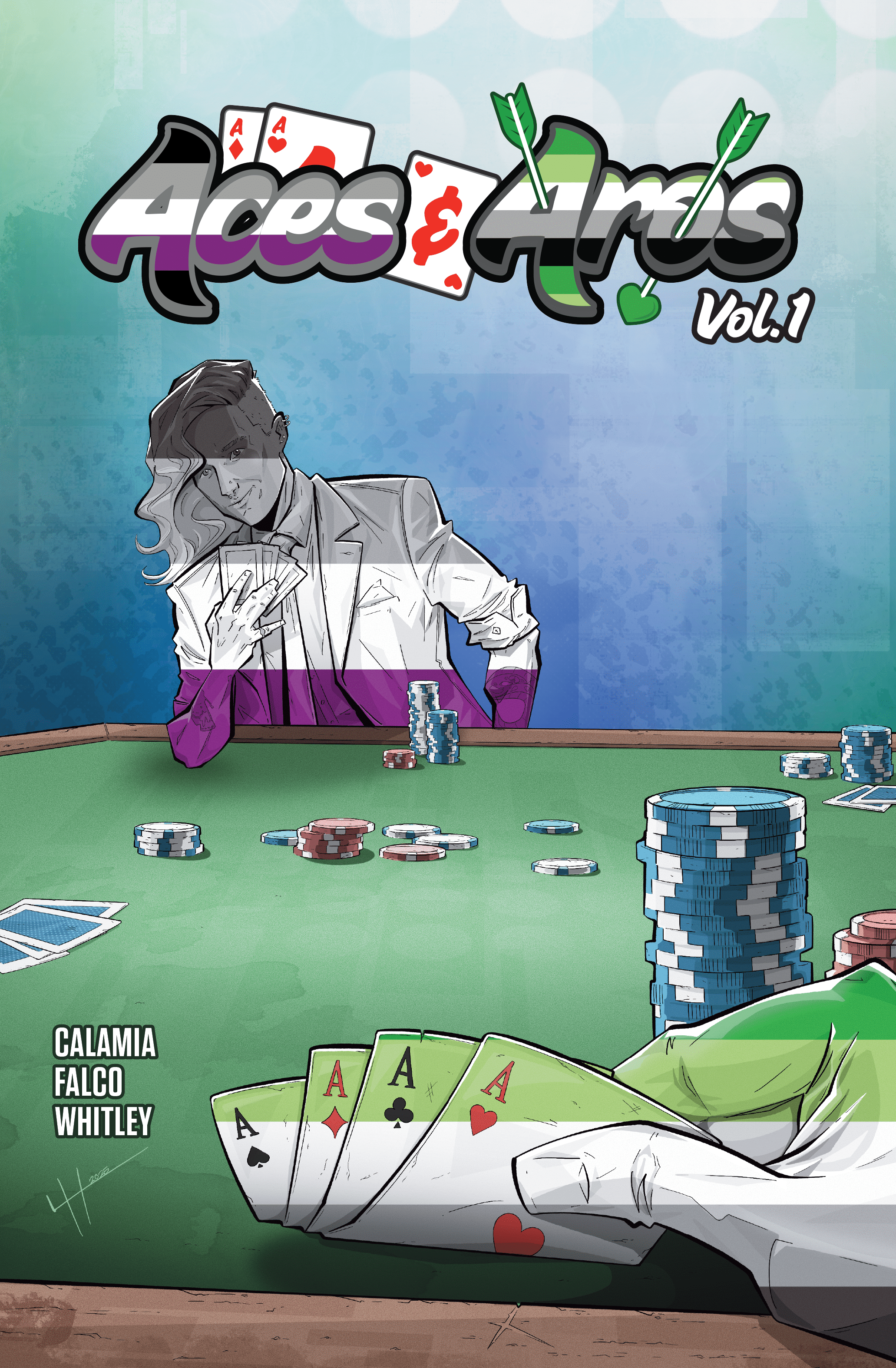
HUTCHINS: Given the sociopolitical atmosphere we are currently in, did any of the news have an impact on any aspects of the creation of this anthology?
WHITLEY: Well, perhaps luckily, we were already well underway before the start of 2025. I think it can get hard to think of any other types of stories when so many horrible stories are unfolding in front of us.
However, to say events have no impact would be a lie. In fact, there’s a story in the anthology by Neila Elkins and Feriowind called “Monsters and Unicorns” which is explicitly about this moment and the stories you want to tell versus the stories that need to be told. I think all of us are feeling a lot of pressure to find a way how this silly job that we’ve chosen (writing, drawing, editing) can really have any effect on the world around us. I still think it can, and I think this anthology is our answer to that hard question. We can tell our stories and show people who we are, and that those people experiencing the same things as us aren’t alone.
HUTCHINS: Was there a particular story or character in the anthology that felt especially personal or meaningful to you? Why?
WHITLEY: Well, I literally wrote myself and my artists into my story, which serves as an introduction to the anthology as well as a sort of blanket introduction to some of the concepts, so obviously those characters are pretty meaningful to me.
One that really resonated with me when I read the script is the story written by Lore and illustrated by India Boeckh, which is called “Ace Cupid”. It’s a story about a young asexual woman trying to find companionship and doing so through one of the many dating apps that are out there, this one Cupid-themed. When the process proves too hard and she gives up, a literal cupid from the app comes to visit and help her to better understand what it is she’s looking for and that she doesn’t have to compromise who she is to get it.
I think that’s a really common problem with a lot of queer folks, but especially with ace folks. Just because you might not be interested in sex or romance doesn’t mean you don’t want companionship, someone to talk to, or even just someone to snuggle you as you contemplate the imminent heat death of the universe.
HUTCHINS: What’s next for you creatively—any new stories or genres you’re excited to explore after this anthology?
WHITLEY: I think something I’ve been learning a lot lately is that there are more pieces of my life, who I am, and where I’m from, that can be part of good stories. Navigating with You, which I wrote for Mad Cave last year, is set in my hometown of Durham, and it was so much fun to bring pieces of my own real world into the story. I want to tell more stories set in the Appalachian mountains, where I grew up. I’ve got some scripts, pitches, and a couple of prose projects set around here that I’d like to find a home for. Also, between this anthology and Navigating with You, it has really lit a fire in me to tell a romance story with an aspec lead. I think the world is ready for more of those.
As for what I’m doing next, I currently have sequels in the works for The Dog Knight, School for Extraterrestrial Girls, and one other book that hasn’t been announced yet. My friend Ben Kahn and I have a book we co-wrote coming out next year, and I’m working on a new mini at Marvel that hasn’t been announced yet. There’s more, too, but I can’t really talk about those. However, I’m always looking for exciting new challenges, and this anthology has proven to be one! I’d love to do all this again someday!
Check out the preview pages below:
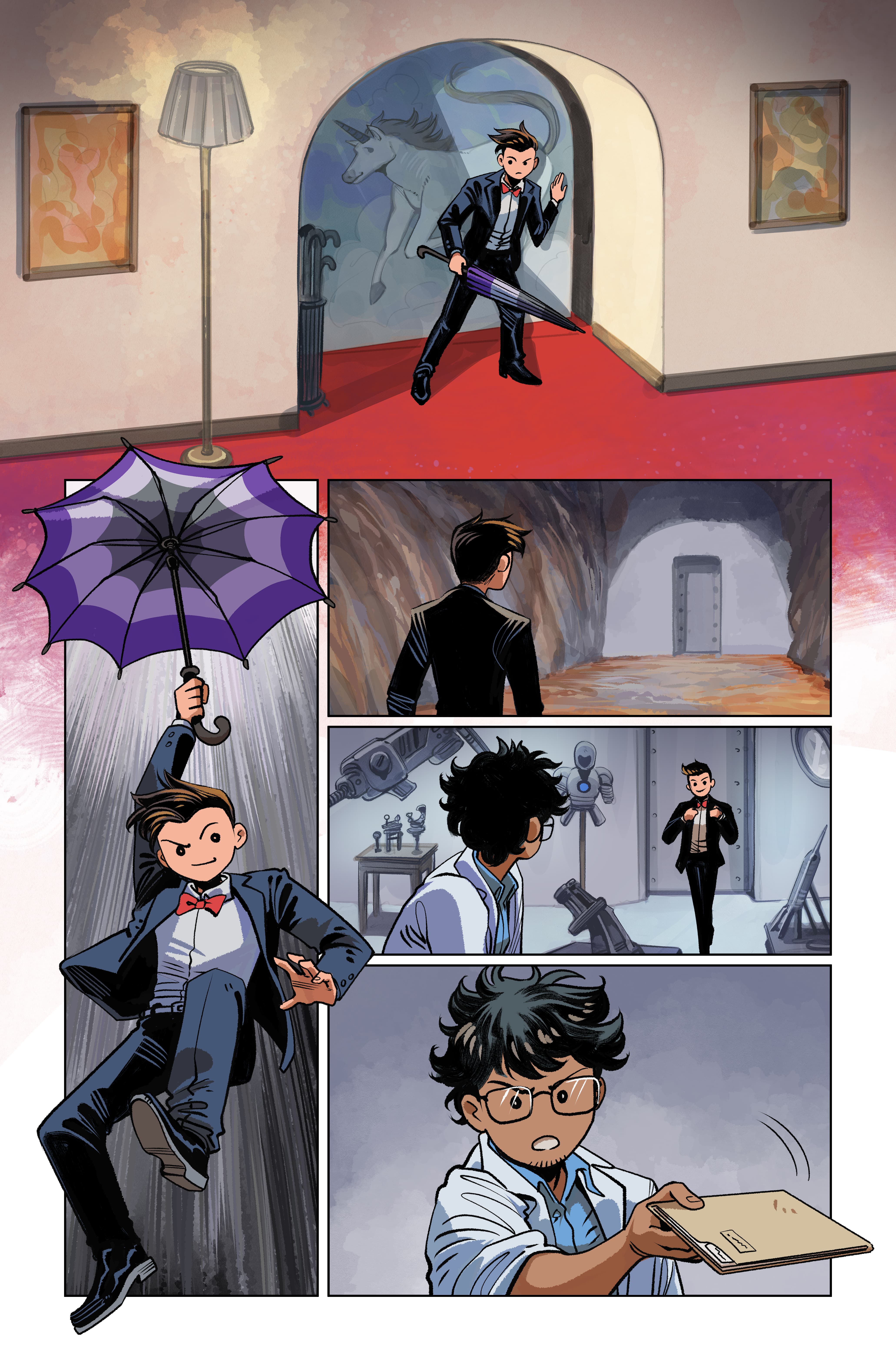 Art by Mauricio Mora
Art by Mauricio Mora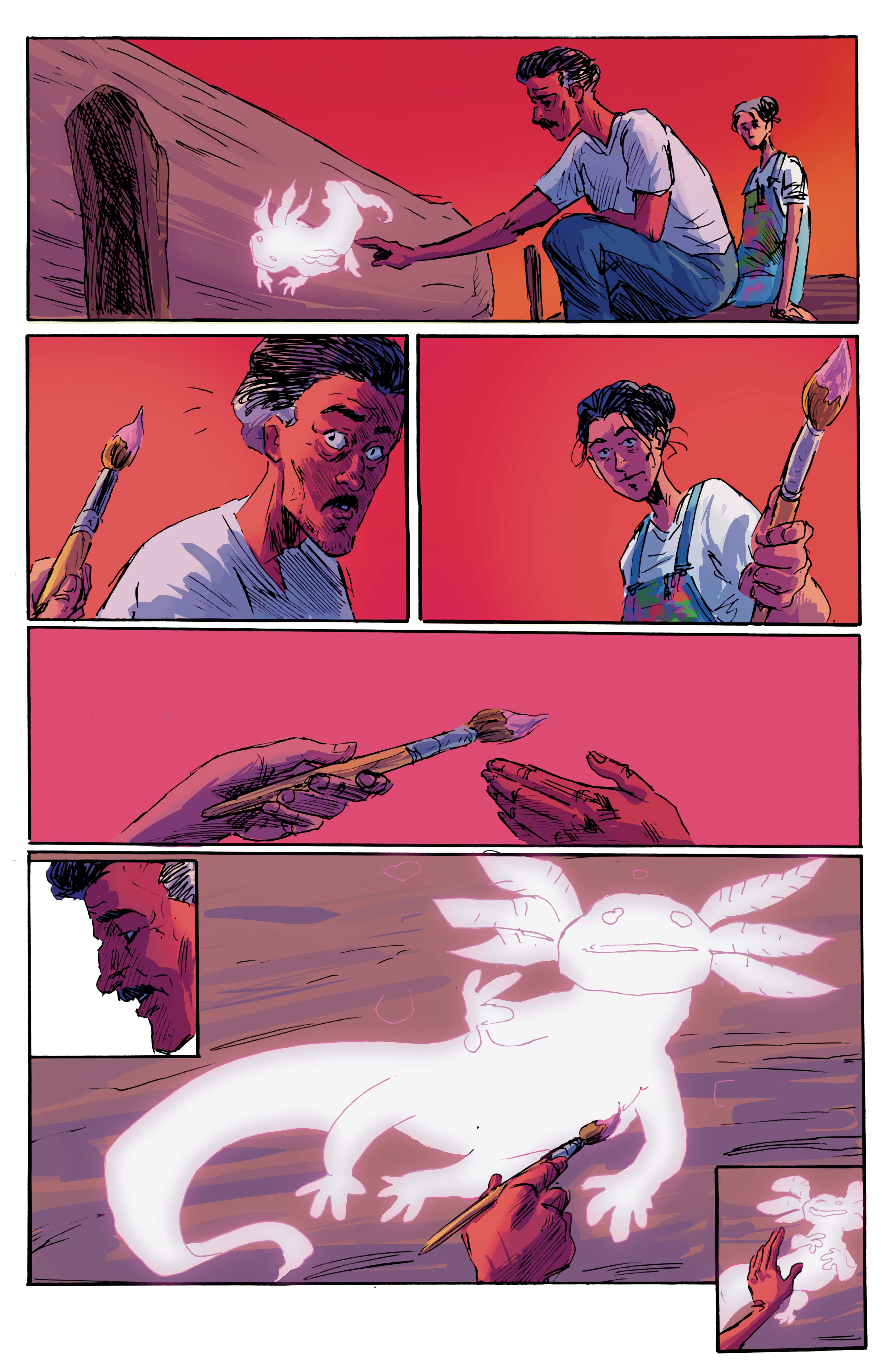 Art by Matt Salisbury
Art by Matt Salisbury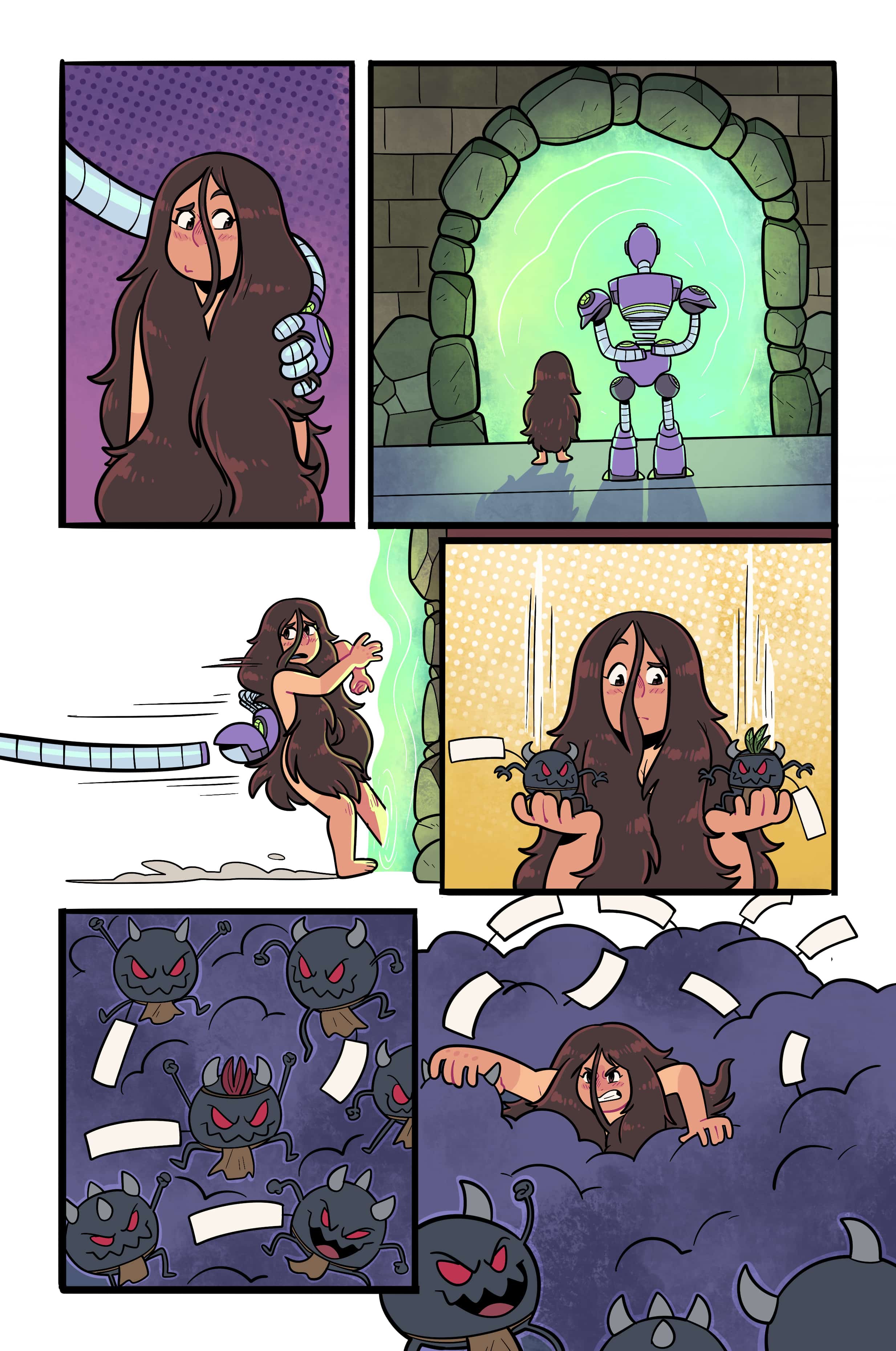 Art by Yonson Carbonell
Art by Yonson Carbonell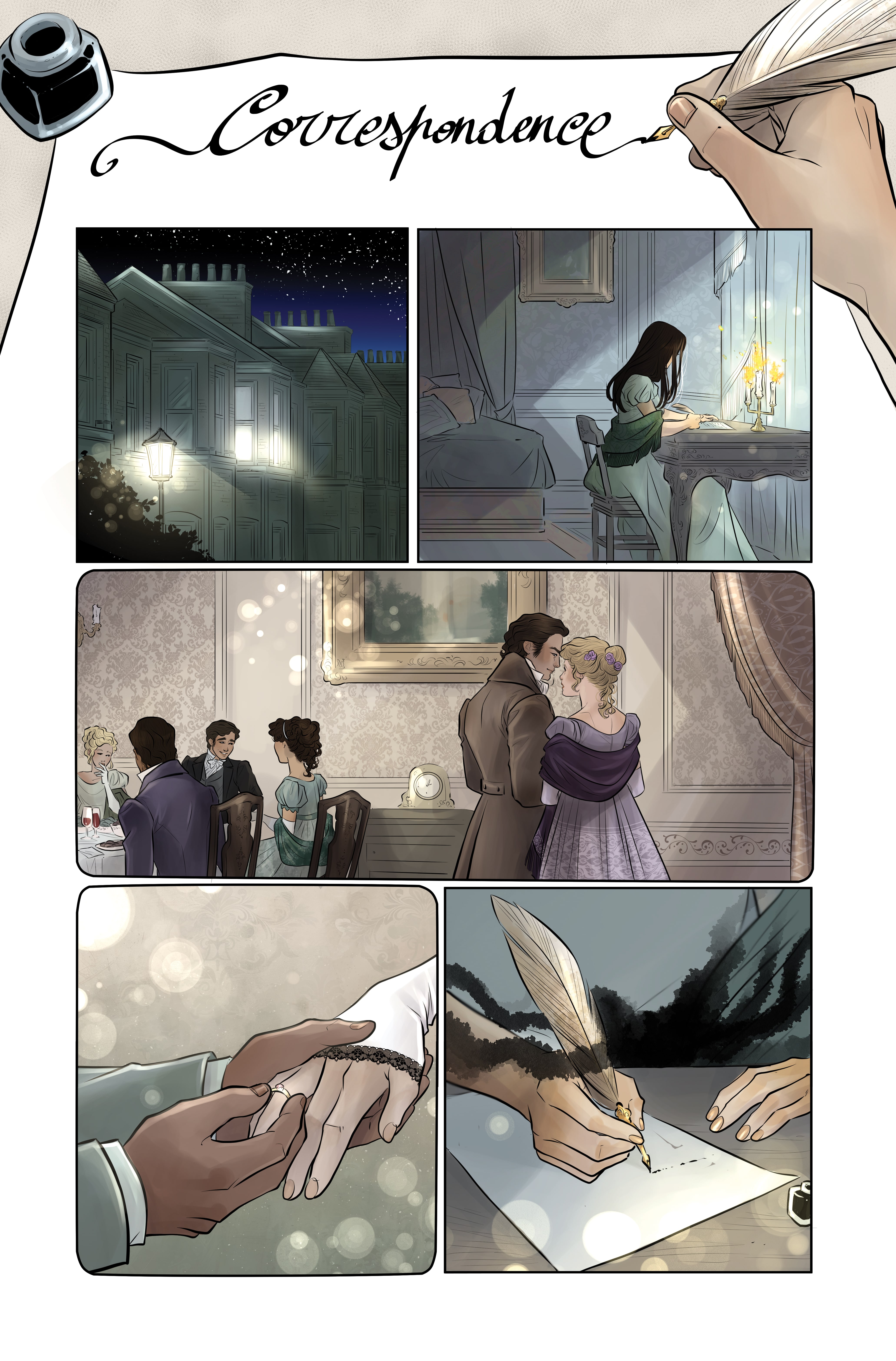 Art by Michela Cacciatore
Art by Michela Cacciatore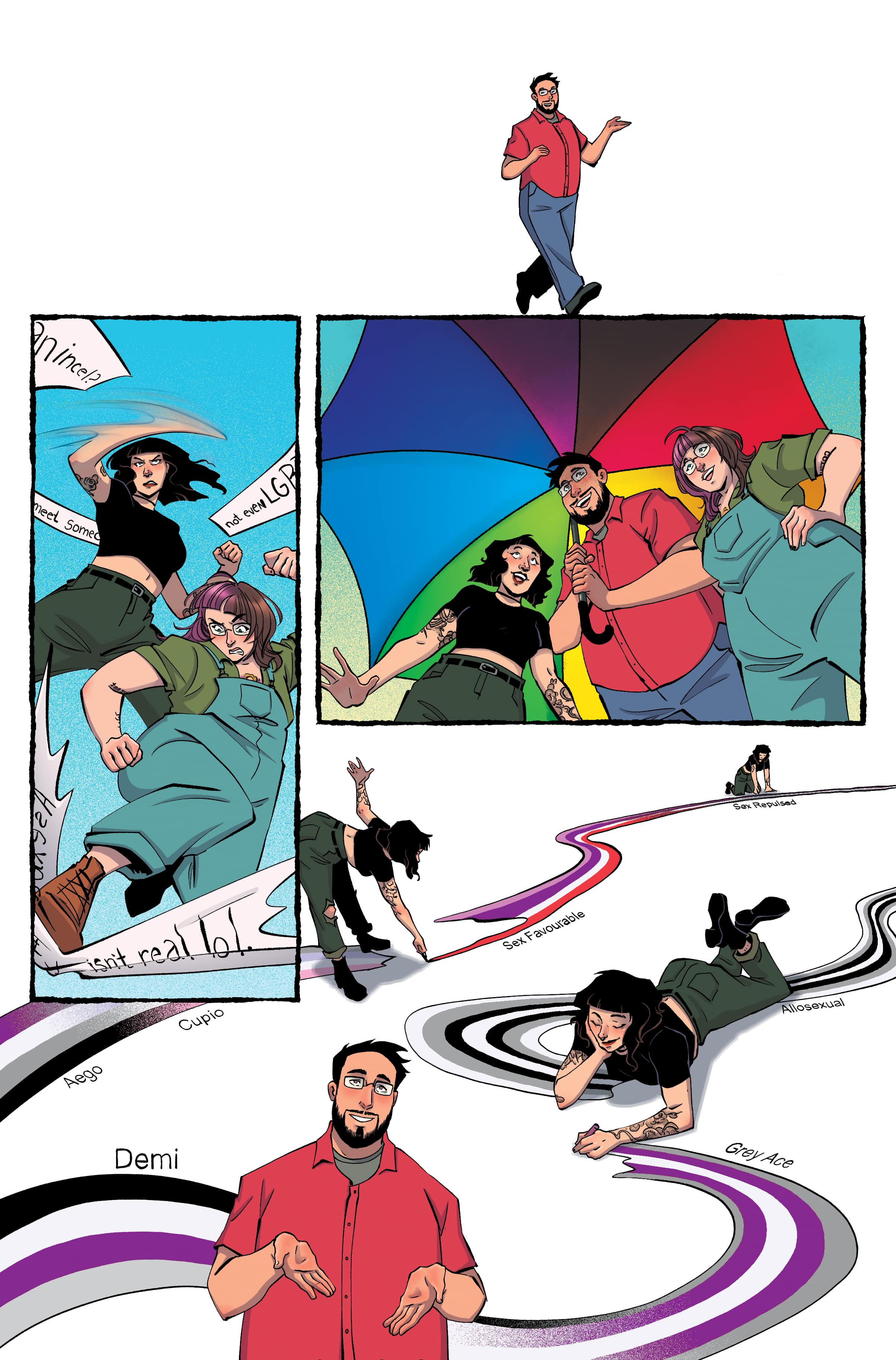 Art by Bailie Rosenlund, Kelly Fitzpatrick
Art by Bailie Rosenlund, Kelly FitzpatrickYou can back the Aces & Aros campaign on Kickstarter until June 26th, 2025!



![How To Read The Animorphs Graphic Novels [Guide + Reading Order]](https://www.howtolovecomics.com/wp-content/uploads/2025/05/animorphs-guide-feature.webp)

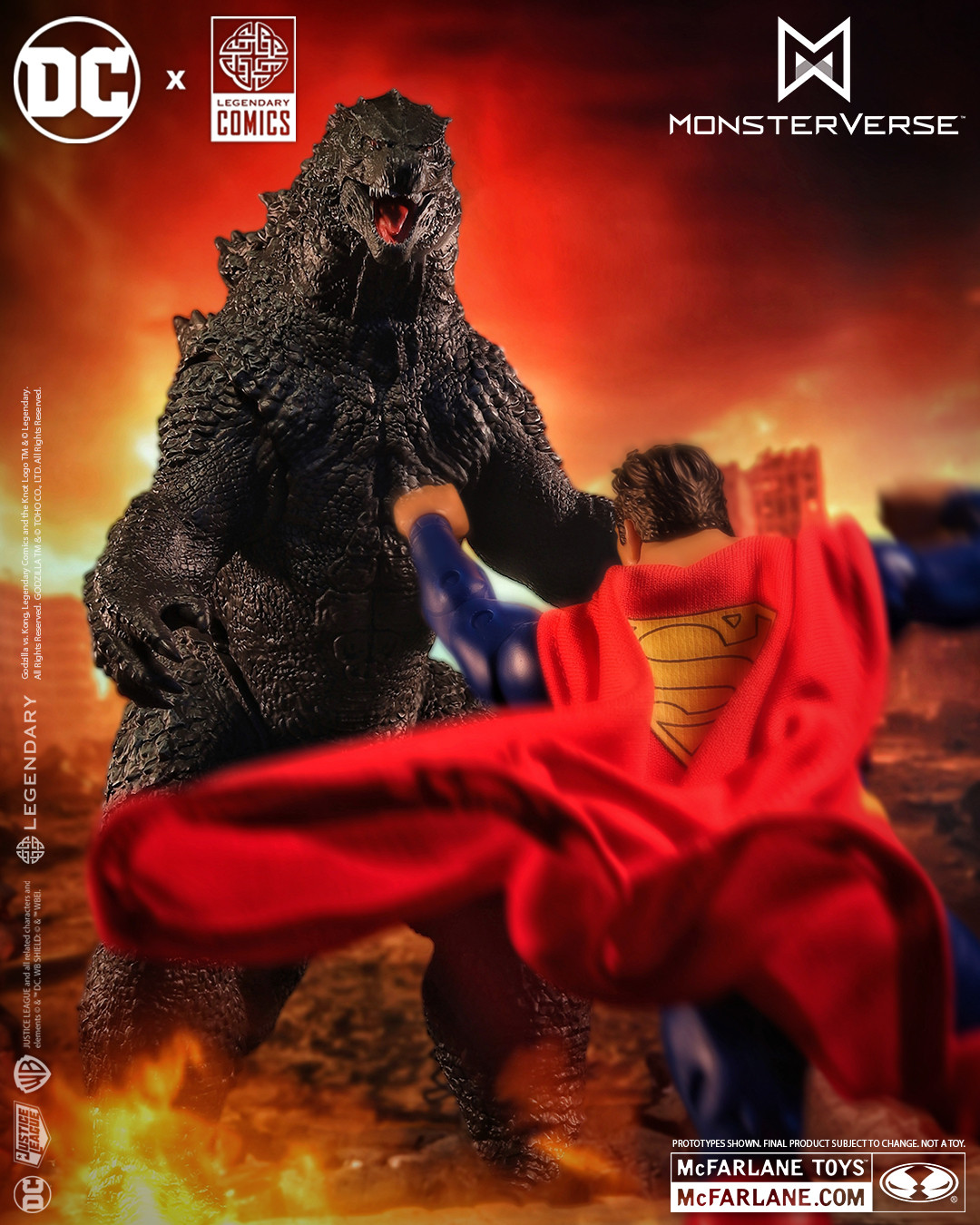

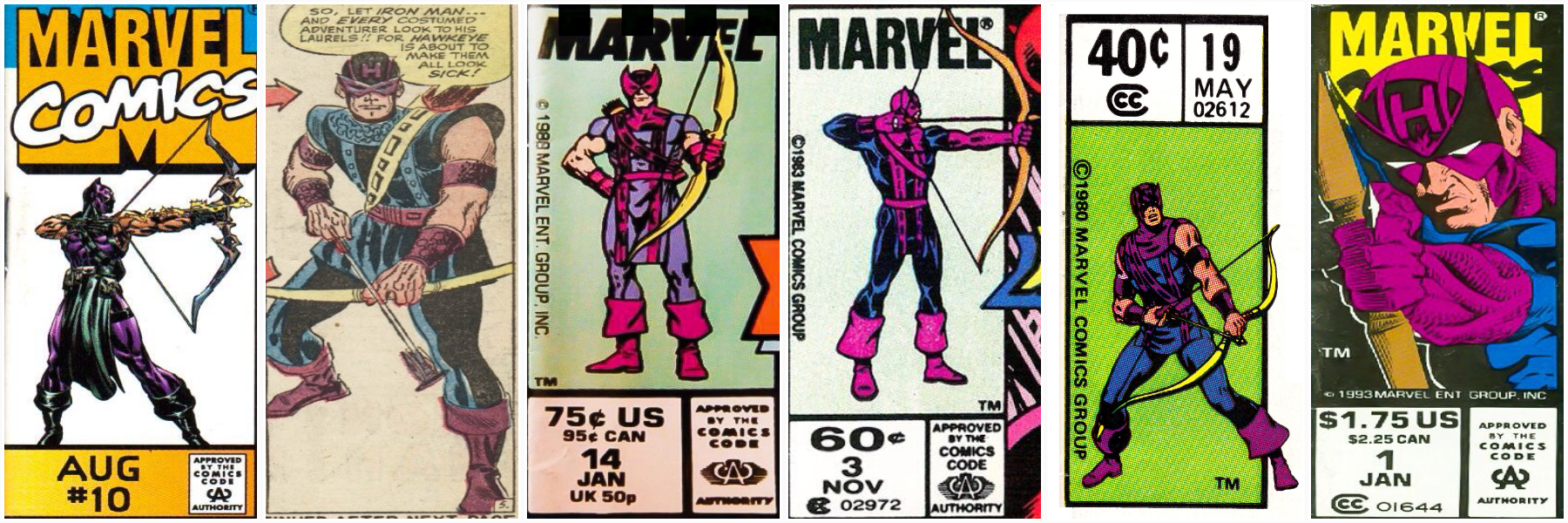



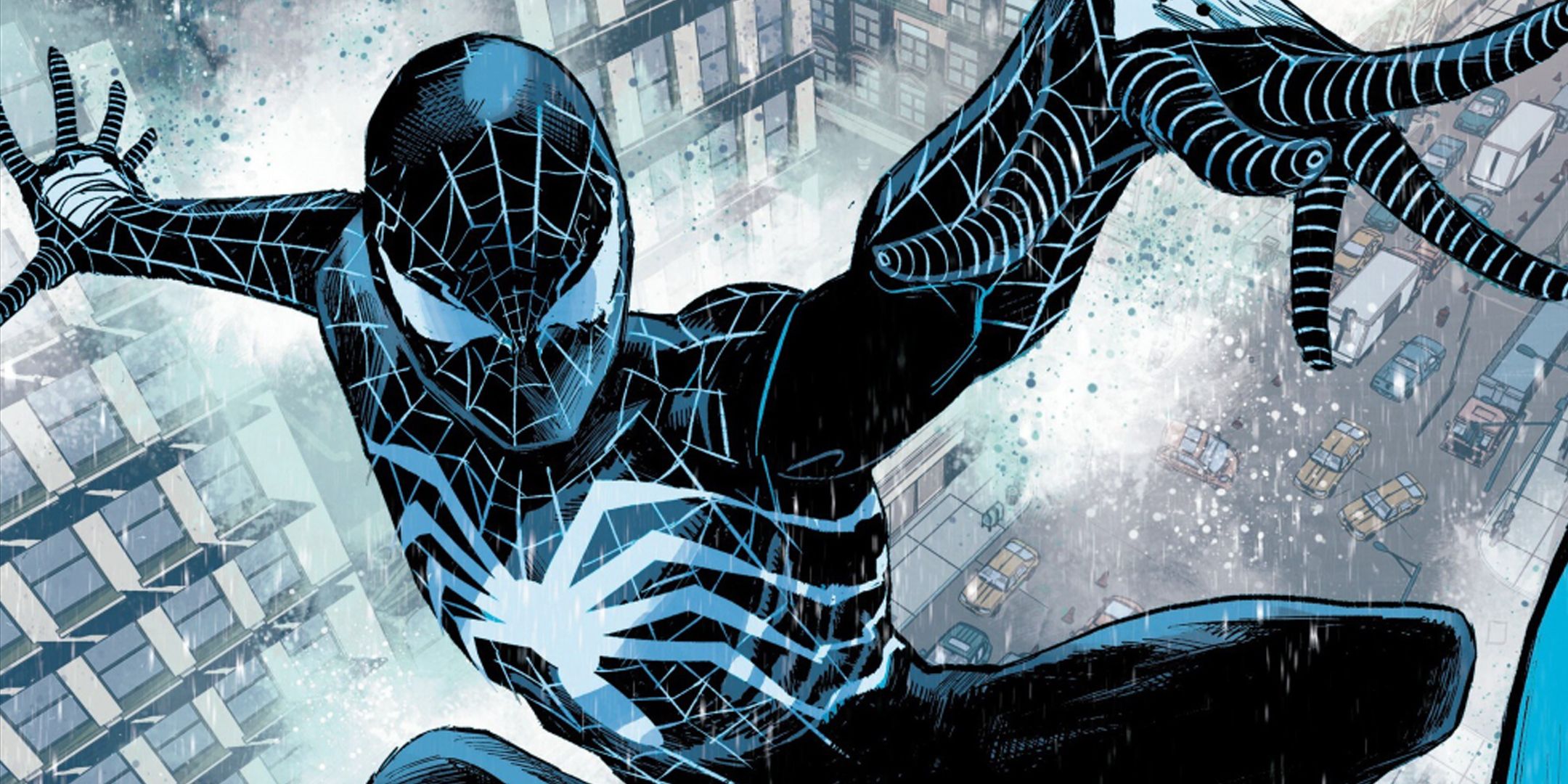








 English (US) ·
English (US) ·